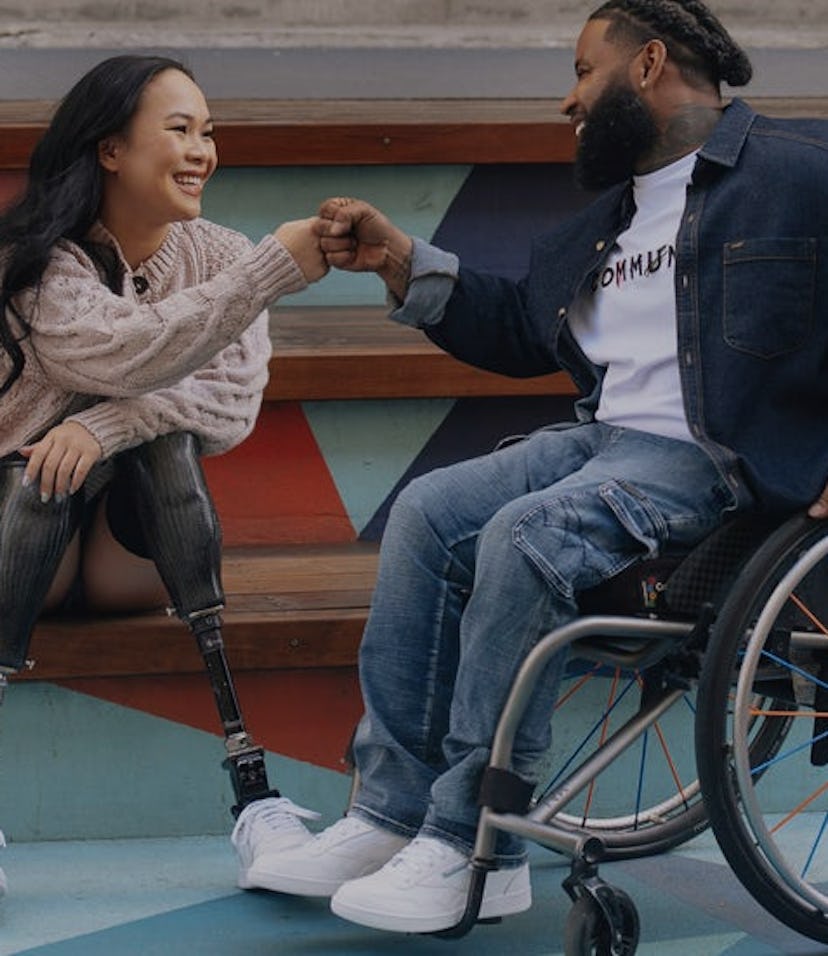Style
Reebok launches accessible sneaker collection called Fit to Fit
The capsule includes a training sneaker and a lifestyle sneaker, each designed for easy on-and-off wear to accommodate the needs of people with disabilities.

Reebok has partnered with Zappos Adaptive to launch the former’s first accessible footwear collection, Reebok Fit to Fit. The capsule includes two sneakers, each designed for easy on-and-off wear to accommodate the needs of people with disabilities. Both styles are low-cut for easy mobility, feature high-abrasion rubber outsoles for better traction, and include removable sock liners for orthotics.
The first offering, the Nanoflex Parafit TR, flaunts a breathable mesh upper accented by a medial zipper and heel pull tab that make it easier to put on and take off the trainers. Alternatively, the Club MEMT Parafit lifestyle sneaker features a leather upper, medial zipper, and extra 4E width. In addition to their zipper closures, the two sneakers come with laces for an adjustable fit.
Both sneakers arrive in unisex sizing and can be bought in a pair or as a single shoe, although the latter option will only become available in the coming weeks via Zappos Adaptive. Each style is currently up for grabs on Reebok and Zappos’ websites in multiple color schemes, including an exclusive 2022 Special Olympics USA iteration of the Nanoflex Parafit TR.
In comparison — For true accessibility, Reebok has also priced its adaptive sneakers fairly reasonably: Pairs of the Nanoflex Parafit TR trainer retail for $90, while the Club MEMT Parafit rings up at $65. The cost of each sneaker starkly contrasts other popular adaptive sneakers, like Nike’s Go FlyEase, which retail for $120. Reebok also seems to be making its Fit to Fit line as easy to access as possible, rather than framing the kicks in an exclusive way as other brands have done (and been critiqued for).
When Nike crafted its Go FlyEase silhouette — the first 100 percent hands-free sneaker ever made — the brand initially launched the shoe as a limited release, prompting resellers to snatch up the model and list it online for up to $2,000. As a result, the Go FlyEase became inaccessible to most, including the disabled community it was supposed to benefit.
Nike has since released multiple versions of its FlyEase, lending the same hands-free technology to its children’s sneakers and Converse models in a bid to make it more accessible. Still, as Reebok proves, the brand could improve the availability and cost of its FlyEase shoes to fully support the community that needs them most — and where Nike lacks, it seems Reebok is ready to step in.